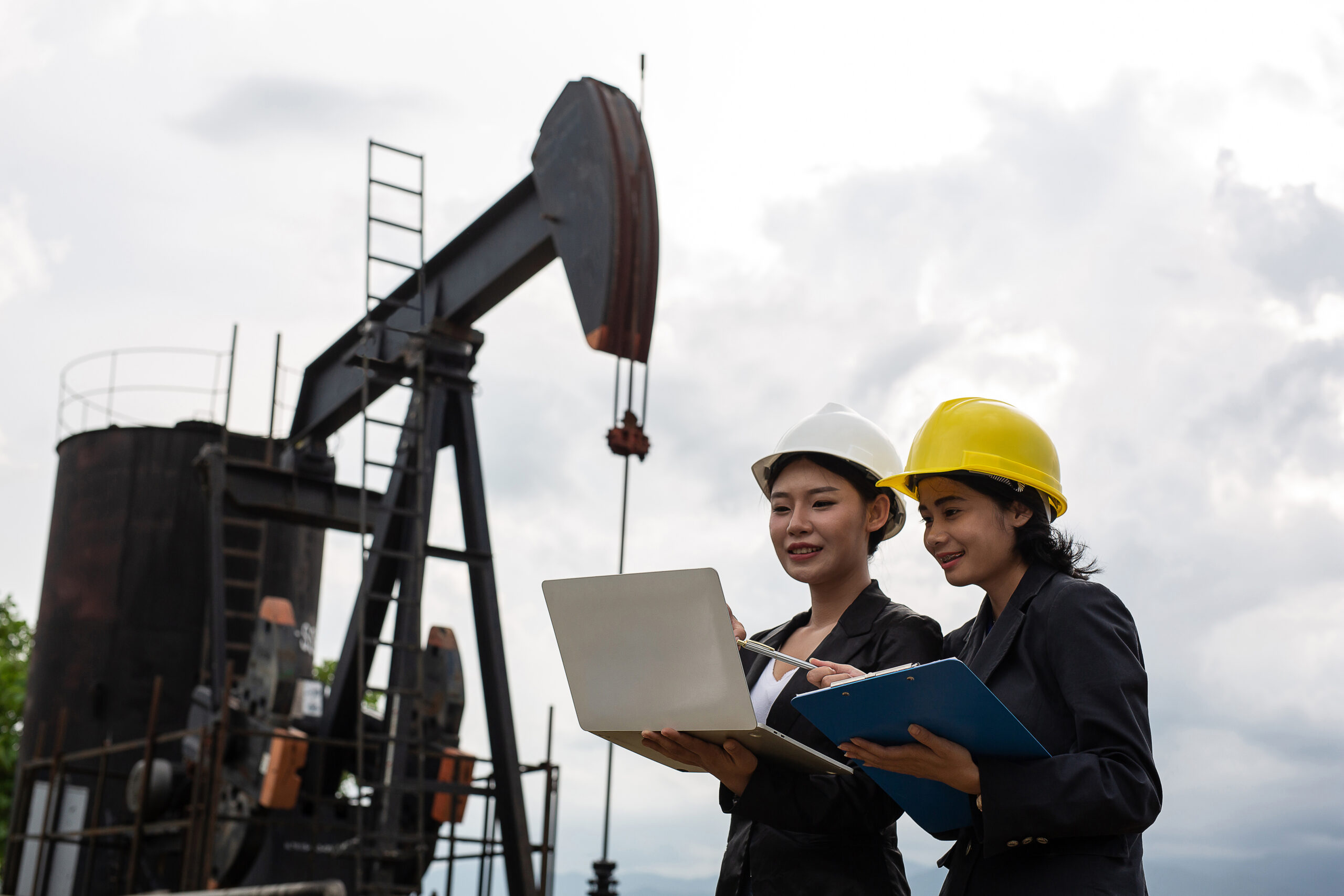Introduction
Defining Deep Offshore Technology
The term “deep offshore technology” describes the high-tech tools and techniques used to find and develop energy sources deep in the ocean. By using this technique, unattainable depths for oil and gas extraction may be reached, thereby expanding the frontiers of human engineering and inventiveness.
Significance in the Energy Sector
It is impossible to exaggerate the significance of deep offshore technologies to the energy industry. Unlocking enormous deposits under the ocean bottom is a crucial part of fulfilling the increasing global energy demand. The Offshore Energy Research Institute’s Dr. Emily Santos says, “Deep offshore technology marks a turning point in our ability to access previously untapped energy resources, with significant implications for global energy security and the transition to a low-carbon future.”
Unique Angle
Although there have been remarkable technical developments in deep offshore operations, it is just as crucial to emphasise the new safety and environmental measures. The industry has taken the lead in energy production and ethical responsibility with these developments, which demonstrate its dedication to sustainable development and operational safety.
Exploring the depths: drilling techniques

Overview of Deep Offshore Drilling
Deep offshore drilling is the extraction of gas and oil from undersea deposits more than 1,000 metres below sea level. To manage the great pressures and temperatures found at such depths, the procedure calls for extremely specific tools and methods.
Advanced Exploration and Production Techniques
There have been times when the Gulf of Mexico was very rough for the Maersk Integrator, a very modern drilling rig. Its cutting-edge technologies and strong build have raised the bar for safety and efficiency in deep offshore drilling.
Case Study: Maersk Integrator in the Gulf of Mexico
Subsea systems are the tools and infrastructure used to harvest and move gas and oil from underwater reserves to the surface. Designed to resist difficult underwater circumstances, innovations in this sector include submarine manifolds, control systems, and flexible risers.
Beneath the Surface: Innovations in Subsea Systems
Subsea Equipment and Technology
Subsea systems are the tools and infrastructure used to harvest and move gas and oil from underwater reserves to the surface. Designed to resist difficult underwater circumstances, innovations in this sector include submarine manifolds, control systems, and flexible risers.
Advantages and Challenges
Subsea systems present difficulties even if they have several benefits, like less environmental impact and more manufacturing efficiency. These include the requirement of frequent maintenance, complicated installation techniques, and great expenses.
Visual Aid
!Subsea Technology Infographic
Case Study: Johan Sverdrup Field
The Johan Sverdrup Field in the North Sea is among the most important hydrocarbon finds of recent years. Its development depends much on advanced submarine technologies, which enable responsible and effective resource exploitation.
Safety and Environmental Considerations

Environmental Impact of Deep Offshore Technology
Deep offshore technology can have substantial environmental consequences, including habitat disruption and hydrocarbon accidents, despite its advantages. It is imperative to establish rigorous protocols to mitigate these hazards.
Safety measures and innovations
Through developments like blowout preventers (BOPs), remote-operated vehicles (ROVs), and real-time monitoring systems, the sector has made significant progress towards increasing safety. Director of Technology and Innovation James Park of OceanWorks International stresses, “The innovative equipment and techniques developed for deep offshore drilling are a testament to human ingenuity, but they also demand high levels of environmental stewardship and operational safety.”
Expert Quotes
- “The future of deep offshore technology is inherently tied to our capability to continuously innovate and improve the efficiency, safety, and sustainability of our operations.” Sarah Chen, CEO, Horizon Offshore Solutions.
- “Sustainable solutions are not just an option but a necessity.” Prof. Alexei Petrov, Environmental Engineering, Global Energy University.
The Future of Deep Offshore Technology
Ongoing Research and Development
Deep offshore technology’s future rests on constant research and development with an eye towards improving environmental sustainability, safety, and efficiency. Great potential exists in ideas such as digital twins, artificial intelligence-driven analytics, and autonomous systems.
Potential Advancements
Deeper drilling capacity, better subsea systems, and more environmental monitoring methods are among future developments possibly included. These advances will confirm even more the part deep offshore technologies play in environmental sustainability and world energy security.
Impact on Global Energy Security and Environmental Sustainability
Deep offshore technology will continue to play a critical role in diversifying energy sources and reducing reliance on fossil fuels. By integrating renewable energy solutions and improving efficiency, the industry can contribute significantly to a more sustainable future.
Case Studies: Successful Deep Offshore Projects
Notable Projects and Their Impact
- Maersk Integrator in the Gulf of Mexico: This project has demonstrated the effectiveness of advanced drilling techniques and robust safety measures.
- Johan Sverdrup Field: A prime example of how cutting-edge subsea systems can enable large-scale, environmentally responsible resource extraction.
Lessons Learned and Future Implications
These case studies highlight how crucial operational excellence, strategic planning, and stakeholder involvement are to realizing project success. Senior Project Manager Michael Johnson of Deep Sea Innovations observes, “Case studies of successful deep offshore projects not only highlight technological achievements, but also underscore the critical role of strategic planning, operational excellence, and stakeholder engagement in project success.”
Conclusion
Summary of Key Points
Deep offshore technology is a linchpin in the energy sector, enabling access to previously untapped resources while setting high standards for environmental and operational safety. Innovations in drilling techniques, submarine systems, and safety measures are driving the industry forward.
Looking Ahead: The Evolution Continues
As the industry evolves, continuous research and development will be essential for further advancements. By balancing technological progress with ethical responsibility, deep offshore technology can play a pivotal role in achieving a sustainable energy future.




